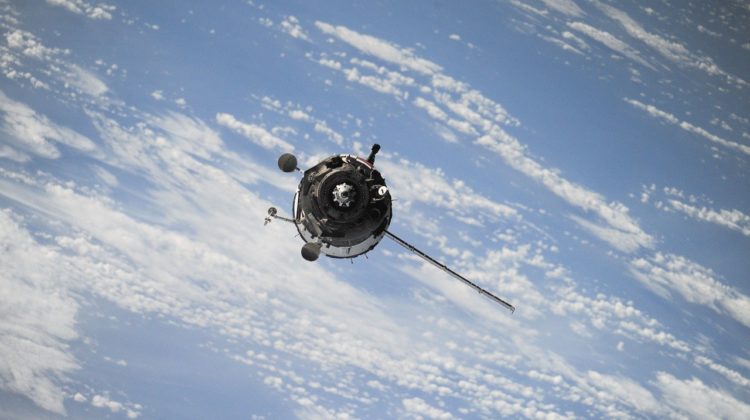
Synergistic Use of Nighttime Satellite Data
Natural and anthropogenic hazards are frequently responsible for disaster events, leading to damaged physical infrastructure, which can result in loss of electrical power for affected locations.
Remotely-sensed, nighttime satellite imagery from the Suomi National Polar-orbiting Partnership (Suomi-NPP) Visible Infrared Imaging Radiometer Suite (VIIRS) Day/Night Band (DNB) can monitor power outages in disaster-affected areas through the identification of missing city lights.
When combined with locally-relevant geospatial information, these observations can be used to estimate power outages, defined as geographic locations requiring manual intervention to restore power.
In this study, we produced a power outage product based on Suomi-NPP VIIRS DNB observations to estimate power outages following Hurricane Sandy in 2012.
This product, combined with known power outage data and ambient population estimates, was then used to predict power outages in a layered, feedforward neural network model.
We believe this is the first attempt to synergistically combine such data sources to quantitatively estimate power outages.
The VIIRS DNB power outage product was able to identify initial loss of light following Hurricane Sandy, as well as the gradual restoration of electrical power.
The neural network model predicted power outages with reasonable spatial accuracy, achieving Pearson coefficients (r) between 0.48 and 0.58 across all folds.
Our results show promise for producing a continental United States (CONUS)- or global-scale power outage monitoring network using satellite imagery and locally-relevant geospatial data.
AUTHORS
Tony A. Cole (Earth System Science Center, University of Alabama in Huntsville, 320 Sparkman Dr., Huntsville, AL 35805, USA)
David W. Wanik (Department of Civil and Environmental Engineering, University of Connecticut, 261 Glenbrook Road U-3037, Storrs, CT 06269, USA)
Andrew L. Molthan (Earth Science Office, NASA Marshall Space Flight Center, 320 Sparkman Dr., Huntsville, AL 35805, USA)
Miguel O. Román (Terrestrial Information Systems Laboratory, NASA Goddard Space Flight Center, 8800 Greenbelt Rd., Greenbelt, MD 20771, USA)
Robert E. Griffin (Department of Atmospheric Science, University of Alabama in Huntsville, 320 Sparkman Dr., Huntsville, AL 35805, USA)

